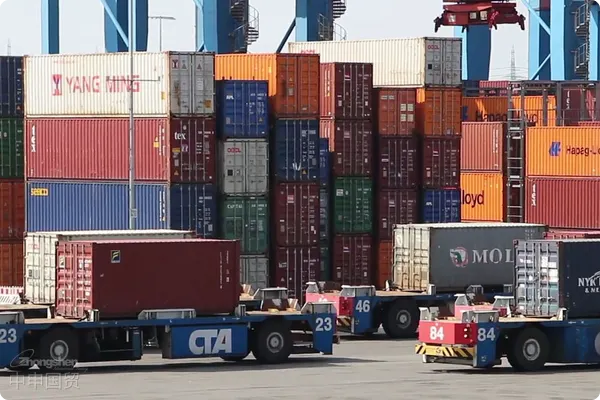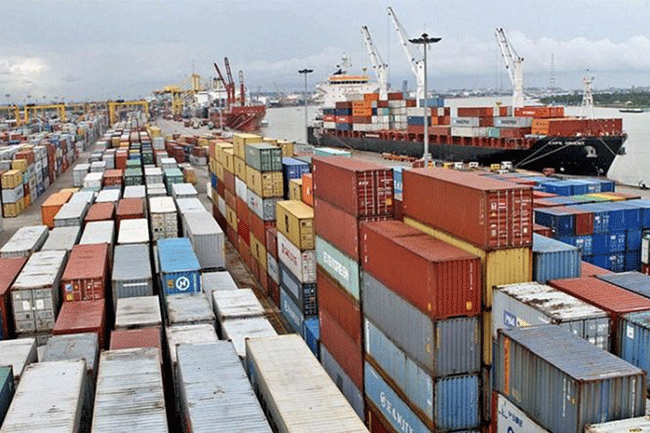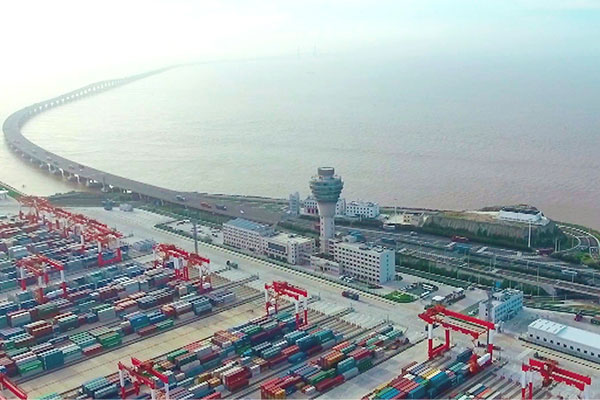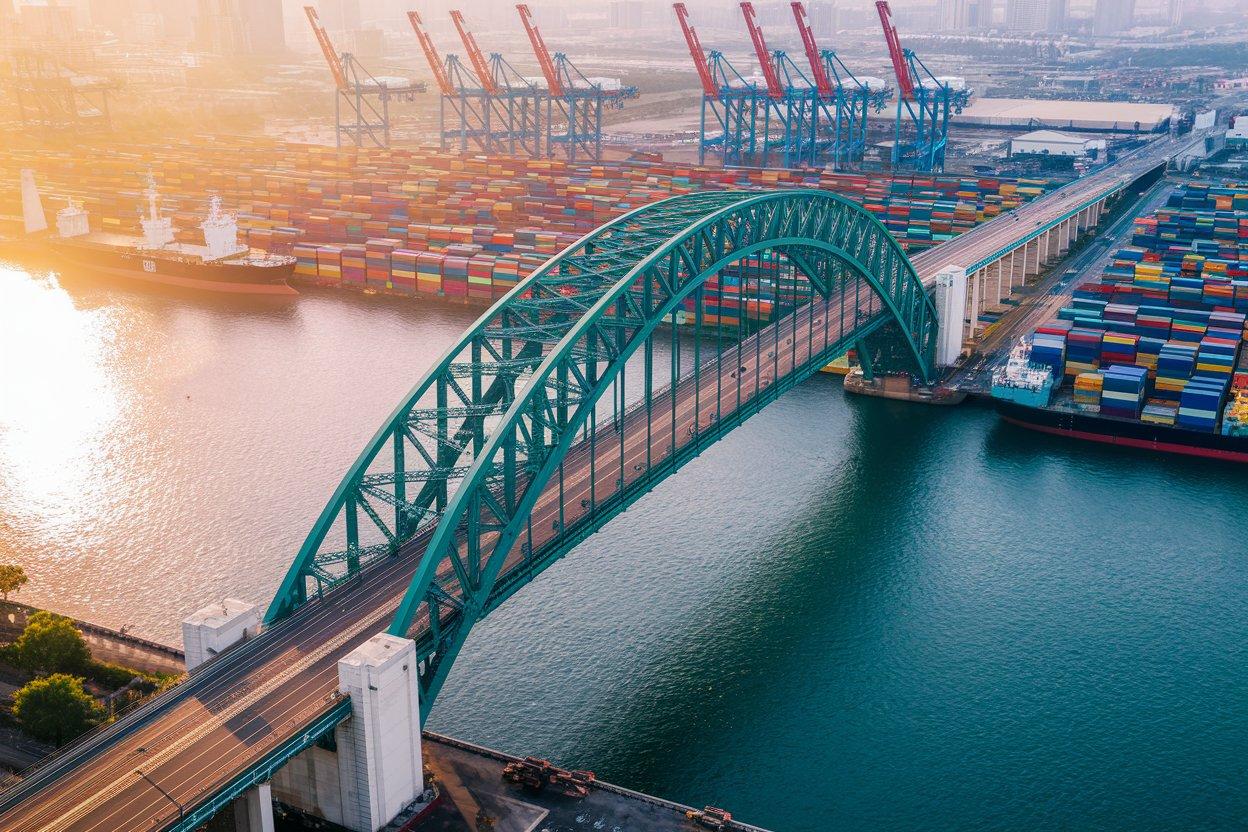- Shanghai Zhongshen International Trade Co., Ltd. - Two decades of trade agency expertise.
- Service Hotline: 139 1787 2118

In international trade, productsExport DrawbackIt is an important policy incentive measure. However, the agency process involved is relatively complex, covering multiple steps and numerous documentation requirements. Understanding the export tax rebate agency process is crucial for enterprises to smoothly obtain rebates and improve economic efficiency. This article will elaborate on this agency process in detail, providing comprehensive guidance for relevant enterprises.
I. The Foundation of Export Tax Rebate Agency Process: Enterprise-Agency Collaboration
Select a Suitable Agency Institution
When seeking export tax rebate agency services, enterprises must first select a reputable and experienced agency. This requires enterprises to conduct comprehensive evaluations of the agencys qualifications, industry reputation, professional team, etc. For example, checking whether the agency possesses relevantimport and exportbusiness agency qualifications and whether it is familiar with export tax rebate policies for various products.
Signing of the Agency Agreement
Once an agency is selected, the enterprise and the agency need to sign a detailed agency agreement. The agreement should include service content, fee structure, rights and obligations of both parties, and other important matters. The service content should clearly cover all aspects of the export tax rebate process, such as customs declaration processing and preparation of tax rebate application documents. The fee structure should be transparent and reasonable to avoid unnecessary disputes later. Regarding rights and obligations, the scope of materials to be provided by the enterprise and the responsibilities to be borne by the agency should be clearly defined.
II. Key Steps in Export Tax Rebate Agency Process: Document Preparation and Application
Document Collection and Organization
This is the foundational work of the export tax rebate agency process. Enterprises need to provide the agency with a series of documents, mainly including customs declarations for exported goods, VAT special invoices, export sales invoices, exportA complete export agency agreement should be attached with:verification forms (canceled in some regions but still requiring attention to relevant alternative regulatory measures), etc. The agency must carefully verify the accuracy and completeness of these documents to ensure data consistency across all files. For example, the product name, quantity, and amount on the customs declaration must match those on the VAT special invoice; otherwise, the tax rebate application may fail.
Pre-Audit Before Tax Rebate Application
After collecting all necessary documents, the agency will conduct a pre-audit before submitting the tax rebate application. This step involves a comprehensive review of the enterprises documents based on national export tax rebate policies. The pre-audit includes but is not limited to verifying the validity of the enterprises import-export qualifications, whether the goods fall within the rebate-eligible category, and whether the document formats meet requirements. If issues are identified, the agency will promptly communicate with the enterprise and assist in making corrections to ensure the application materials are accurate.
Formal Tax Rebate Application
After the pre-audit confirms no errors, the agency will formally submit the export tax rebate application to the tax authorities. During this process, the agency must fill out various tax rebate application forms, such as the Export Goods Tax Rebate (Exemption) Application Details Form, and submit the compiled application documents to the tax authorities. The tax authorities will review the application materials, which may involve data cross-checking, policy compliance verification, and other aspects.
Communication and Coordination During the Review Process
While the tax authorities review the tax rebate application materials, the agency must maintain close communication with them. If the tax authorities raise questions or identify issues, the agency must respond promptly and provide supplementary explanations or corrected materials. Simultaneously, the agency must relay the tax authorities requirements and feedback to the enterprise to assist in resolving any potential issues.
III. Follow-Up Work in the Export Tax Rebate Agency Process: Obtaining and Settling Rebate Funds
Obtaining Rebate Funds
Once the tax authorities approve the enterprises export tax rebate application, the rebate funds will be disbursed according to the prescribed process. The agency must monitor the disbursement progress to ensure the enterprise receives the rebate funds promptly. In some cases, delays may occur due to banking systems or other external factors, and the agency should actively assist the enterprise in resolving such issues.
Settlement and Service Feedback
After receiving the rebate funds, the agency will settle accounts with the enterprise as per the agency agreement. Upon completion, the agency should also provide service feedback to the enterprise, summarizing experiences and issues from the entire export tax rebate agency process. This feedback serves as a reference for the enterprises future export activities and helps the agency continuously improve its service quality.
Conclusion
The export tax rebate agency process is an interconnected, complex, and rigorous procedure. From the initial collaboration between the enterprise and the agency to document preparation, application, review, and finally obtaining and settling rebate funds, each step is critical. Enterprises that select professional export tax rebate agencies and gain an in-depth understanding of this process can efficiently and accurately obtain export tax rebates, enhancing their competitiveness in the international market and achieving better economic outcomes.
Related Recommendations
? 2025. All Rights Reserved. Shanghai ICP No. 2023007705-2  PSB Record: Shanghai No.31011502009912
PSB Record: Shanghai No.31011502009912










